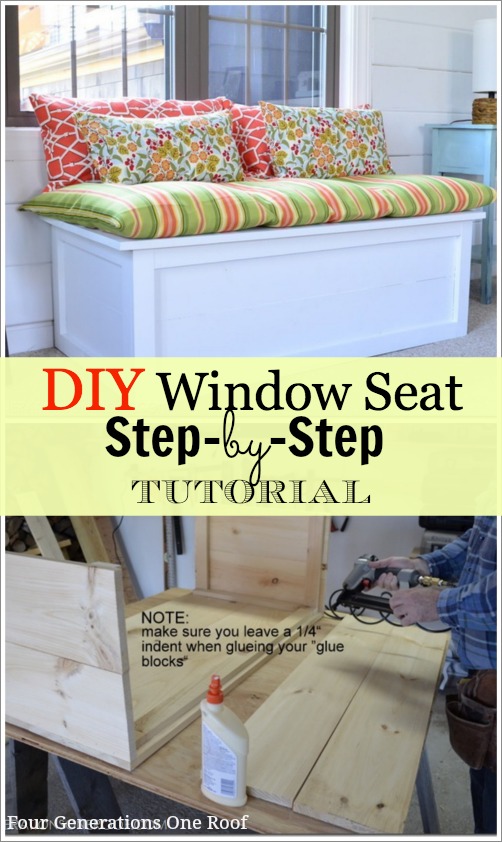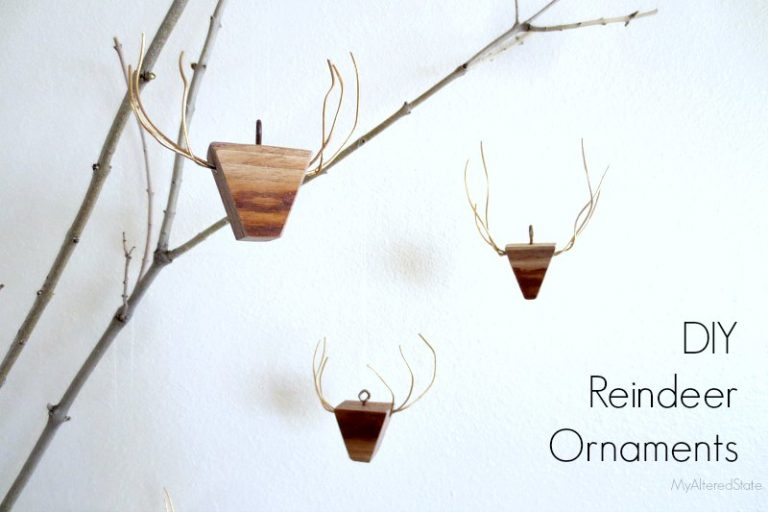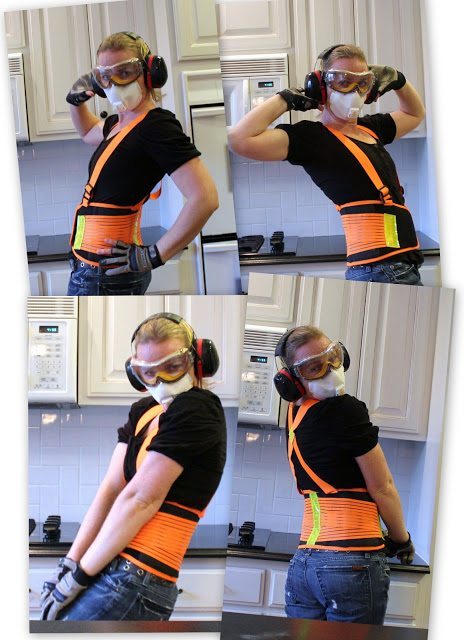How to use a Circular Saw
Never reach across the path of the blade.
Never start the saw with the blade touching the wood.
Make sure your circular saw has a functioning blade guard.
Make sure you unplug your saw before you make any adjustments to it.
Use eye and ear protection!
There are hundreds of tutorials and instructional posts and videos on the web to help you learn pretty much anything you want to know. Here is a REALLY GOOD instructional “How to use a Circular Saw” article presented by Habitat for Humanity that covers about everything you could possibly want to know, so please go read it!
Also, here is a great video tutorial from Skil tools that will show you how to set your depth and give you basic use instructions for a Skil circular saw (which is what I have).
I use the All in One Clamp A-50 50-Inch Grip Clamp Guide w/T-track
and the All in One Clamp U-99 99-Inch Ultra Wide Grip Clamp with Double T-Track
that I bought from Amazon, but if you don’t want to hassle with adding the distance from the blade to the side of the “shoe” to calculate the mark for your guide, you can make a Circular Saw Guide that will allow you to mark your cut, clamp the guide directly on that mark and cut directly on that cut. (You might have to see the tutorial to understand).
I don’t have one because I so often have to clamp in the middle of my work table that it wouldn’t work for me and I’m use to having to figure out the formula for my cuts. If I didn’t have my clamp guides though, I’d totally make a couple of these babies!
*Here is a post from Popular Mechanics with clear instructions for making a Circular Saw Guide that will help you have straight cuts every time.
*Here’s another Circular Saw Guide tutorial from Wood Worker’s Guild of America with instructions on HOW TO USE IT!
*AND MY FAVORITE one yet shows you how to make a Two in One Circular Saw Guide that allows you to use either the right or left side of the shoe to guide your cut.
So go forth and saw safely! Hee hee
Disclaimer: “Clamp” links are affiliate links to Amazon and I will make a small commission if you make a purchase after clicking over from my site. These are the clamps I purchased for myself and I use them all the time which is why I am sharing them with you.




Yes, the sheet lumber that you use as your “work table” will have shallow grooves cut into it but it won’t get “cut through” if you make sure to set the blade just below the depth of the wood you want to cut.
You don’t want to cut deep grooves in the “work table”. And eventually you’ll probably need to flip the “work table” wood over and use the other side until that gets so many grooves in it that it is no longer flat and level. That will take a really really long time (and you have 2 sides to use).
The other alternative is to put 2×4’s in between your material and your work table. That way, your material is supported but you have some distance between your blade and work table. You have to make sure to use at least four 2×4’s though. One on both ends and one on either side of your cut line so the material doesn’t fall into and pinch your sawblade.
I don’t hassle with this because it is inconvenient to constantly have to reposition the 2×4’s when I have multiple cuts to make on one sheet of lumber.
Of course, like I said, there are many many ways to approach your cuts. This is just how I do it.
Feel free to email me with any other questions you have.
🙂 Sandra